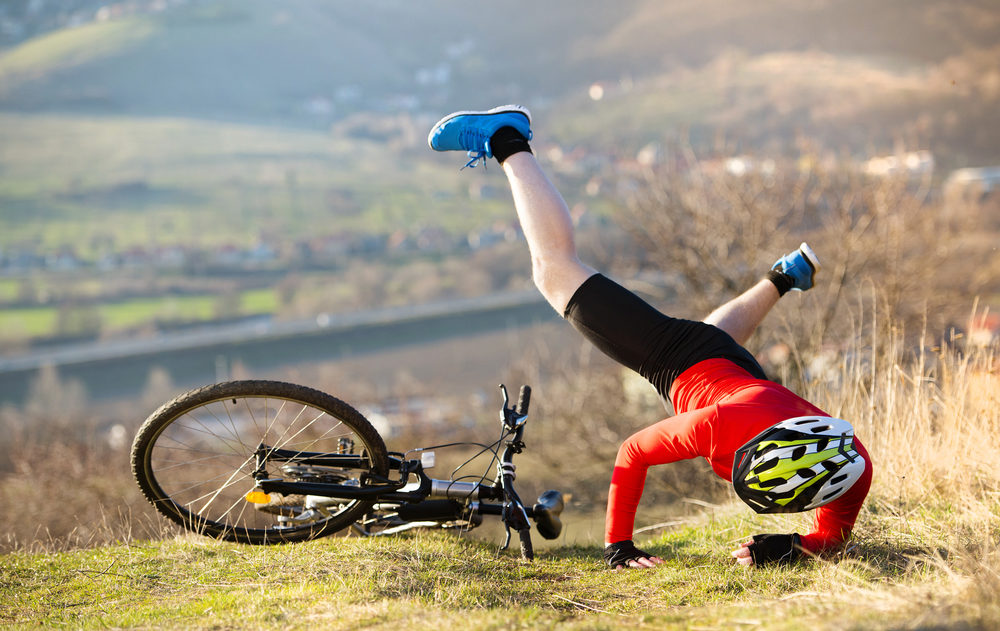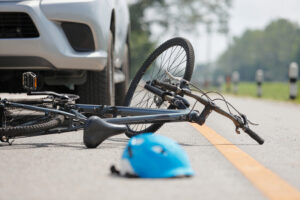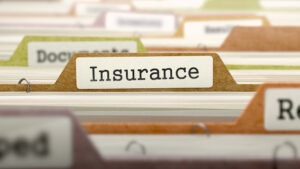
All of us have pleasant memories of riding bicycles as kids, our first taste of speed and independence. For many of us, me included, the love of the bicycle and the freedom it provides has been a joy. Due to the COVID-19 pandemic, many people have re-discovered their love of bikes, with the number of people riding their bicycles to work and recreation growing dramatically, as has the demand for bicycles, helmets, and bicycle parts.
While the basic design of the bicycle has remained constant since the early 1900s when Wilbur and Orville Wright worked in their bike shop in Ohio, features of bicycles, their intended use, and the corresponding complexity of parts have all increased in the recent past. While these newer features (such as suspension forks) have opened up new worlds to explore and created new sports (such as mountain biking), they also result in the risk of a part or component failure.
Bicycles are composed of many different components manufactured by a variety of companies around the world. Regardless of the make and model, parts can and do break or malfunction, and as a result, cause riders to have a bicycle accident. Here are a few examples of bike parts that can break – putting you, as a cyclist, at risk.
Front Wheels
In January 2021, the Consumer and Product Safety Commission (CPSC) issued a recall on Academy Sports + Outdoors, Recalls Ozone 500 Density Bicycles. The basis for this recall was the locking mechanisms on front wheels were loosening, putting cyclists at risk of injury. Should a front-wheel become unstable, you could be thrown from your bicycle – through no fault of your own since you were simply operating your bike normally without the expectation of being injured.
Pedals
In April 2020, the CPSC issued a recall on VP Components Harrier and Giant Pinner DH bicycle pedals. Pedal spindles were breaking, causing a loss of balance for cyclists. There were at least 78 reports of spindles breaking, forcing cyclists to lose their balance. Further to the loss of balance, at least one rider reported injury.
If you are biking through a traffic-filled street and suddenly your pedals break, it would leave you falling towards the road. You are at risk of being injured by your fall and possibly a more serious injury by being involved in a bike accident with a motor vehicle.
Forks and Suspensions
Across multiple manufacturers, improperly installed or broken bicycle forks and suspensions can cause injury to the cyclist. While cycling, a wrongly installed or manufactured fork or suspension could fail, causing you to lose your balance and tumble to the pavement, or worse, fall into traffic.
Brakes
Like with motor vehicles, brakes on bicycles can fail. One moment a cyclist is cruising along a roadway. The next moment they see a stop sign and doing the right thing, they attempt to stop. If the brakes fail, instead of stopping gently, the cyclist needs to slow down or stop by other means – often at risk of personal injury.
Curcio Law’s cases involving defective bicycle components include a broken pedal spindle, a separation of a front fork, a dangerous bottom bracket design, and the failure of a seat post assembly resulted in serious injuries.
Bike Accident Injuries & Ways To Avoid Them
Whether cycling on a road or a trail, there is always the possibility of injury. But when you factor in the potential of faulty bike parts, the risk of severe injury increases. Many injuries that cyclists experience are the upper extremities like arms and shoulders and lower extremities like legs and ankles.
If you experience a crash due to a faulty bike part, some common injuries include:
- Skin lacerations, abrasions, and road rash – the result of skin colliding with a paved or gravel surface.
- Strains, fractures, and dislocations – the result of falling off a bike and landing unexpectedly.
- Head trauma – the result of a bike helmet not being present or not staying on during a crash.
- Neck trauma – the result of falling off a bike and landing unexpectedly.
- Genitourinary – the result of a broken seat or landing on the crossbar.
One way to ensure cyclists reduce their potential for injury is to follow the rules of the road. Virginia has several statutes concerning cycling, which highlight the obligations of cyclists. These statutes highlight when cyclists are permitted to use sidewalks, where cyclists are allowed to bike, and how to safely pass other vehicles.
These statutes can help you, as a cyclist, prevent collisions and keep yourself and your loved ones safe. However, in bike accidents where a defective product is involved, even following these safety measures won’t help. But there are product liability laws that can.
Product Liability & Biking
Under everyday circumstances, if cyclists follow the road or trail rules and pay attention to surrounding traffic, they are likely to stay safe. However, if a bicycle part malfunctions, safe riding is now out of the cyclist’s control. If you’ve experienced a biking injury due to a faulty product, you have legal options and should contact a bike accident lawyer.
Product liability law holds bicycle manufacturers and bike part manufacturers responsible for selling or failing to recall a defective product. There are three main types of product liability when it comes to bicycles,
- Defective design is when the bicycle’s design has a flaw that makes it dangerous for the cyclist to operate.
- Defective manufacturing is when the bike’s design is excellent, but something along the manufacturing process causes it to be unsafe.
- Labeling or warning error is when the manufacturer failed to share adequate information about using the bicycle safely.
Related: Product Liability Lawsuits: Making Products Safer Benefits Consumers
If you, or someone you know, is injured in a bicycle accident due to a bike part malfunctioning or breaking, you may be entitled to compensation for your injuries, your medical bills, and missed work. To determine your legal options, you should consult an attorney experienced in handling bike accident cases. To determine whether a product failure caused the crash, do the following:
- Preserve all parts of the bicycle, including collecting all broken pieces at the scene;
- Do not make any changes to the condition of the bike after the crash;
- Photograph the bicycle and the broken part(s) ASAP after the crash; and
- Photograph the scene ASAP after the crash.
It is also beneficial to preserve the owner’s manual, warranty information, assembly instructions, and sales receipts.
The Curcio Law attorneys have extensive experience with bicycle product liability cases and would be happy to help you determine your legal options. To schedule a free consultation, call or text us at 703-836-3366 or contact us online.

Tom Curcio has devoted his career to representing people seriously injured or killed in car, pedestrian, bicycle, and truck crashes, and by dangerous dogs, unsafe products, and premises. He works tirelessly to obtain the compensation his clients are legally entitled to so they may rebuild their lives with dignity. Tom is the co-author of the book Evidence For The Trial Lawyer, and a much sought-after speaker on personal injury, trial practice, evidence, and professionalism. Contact Tom at tcurcio@curciolaw.com.










Comments for this article are closed.